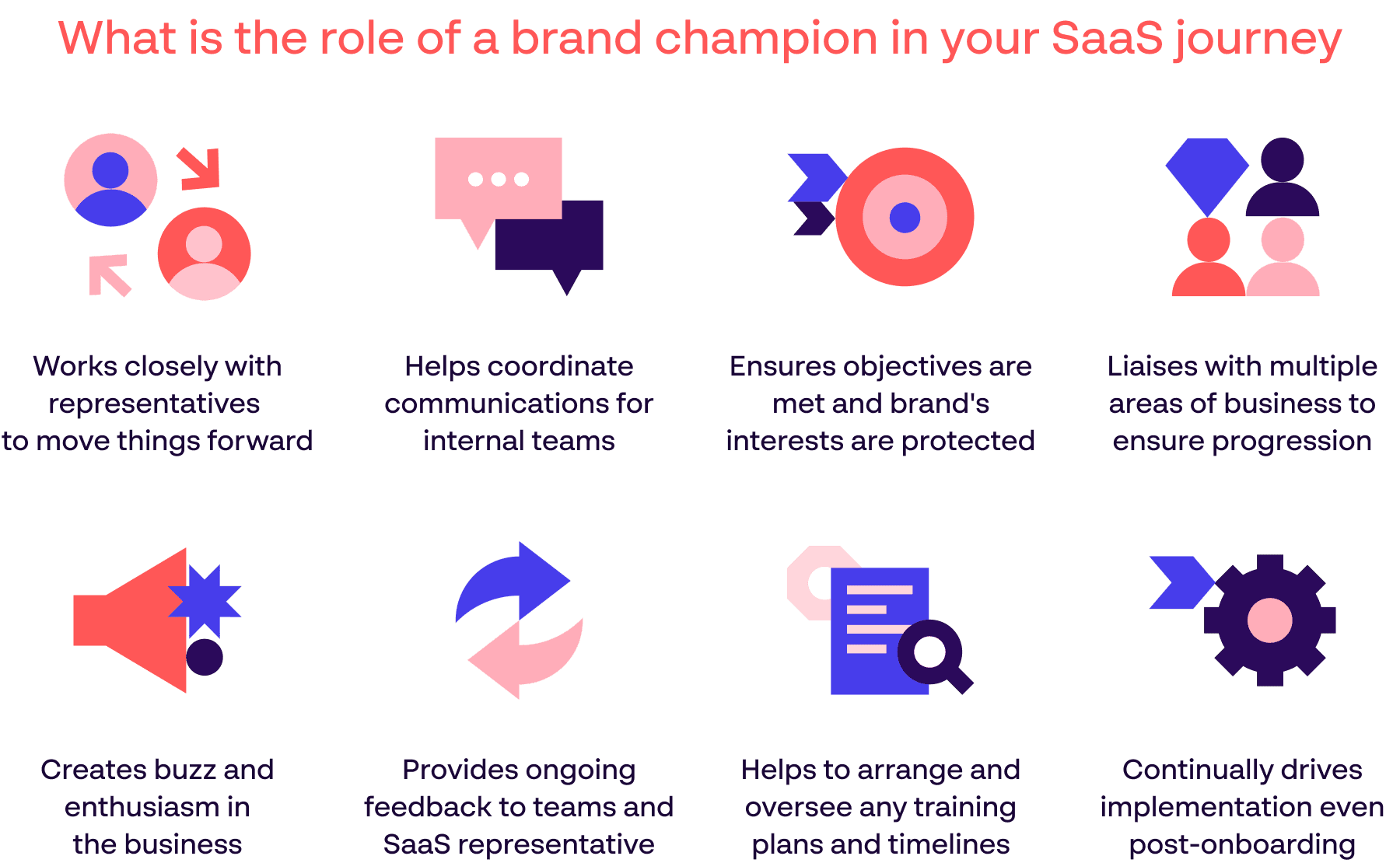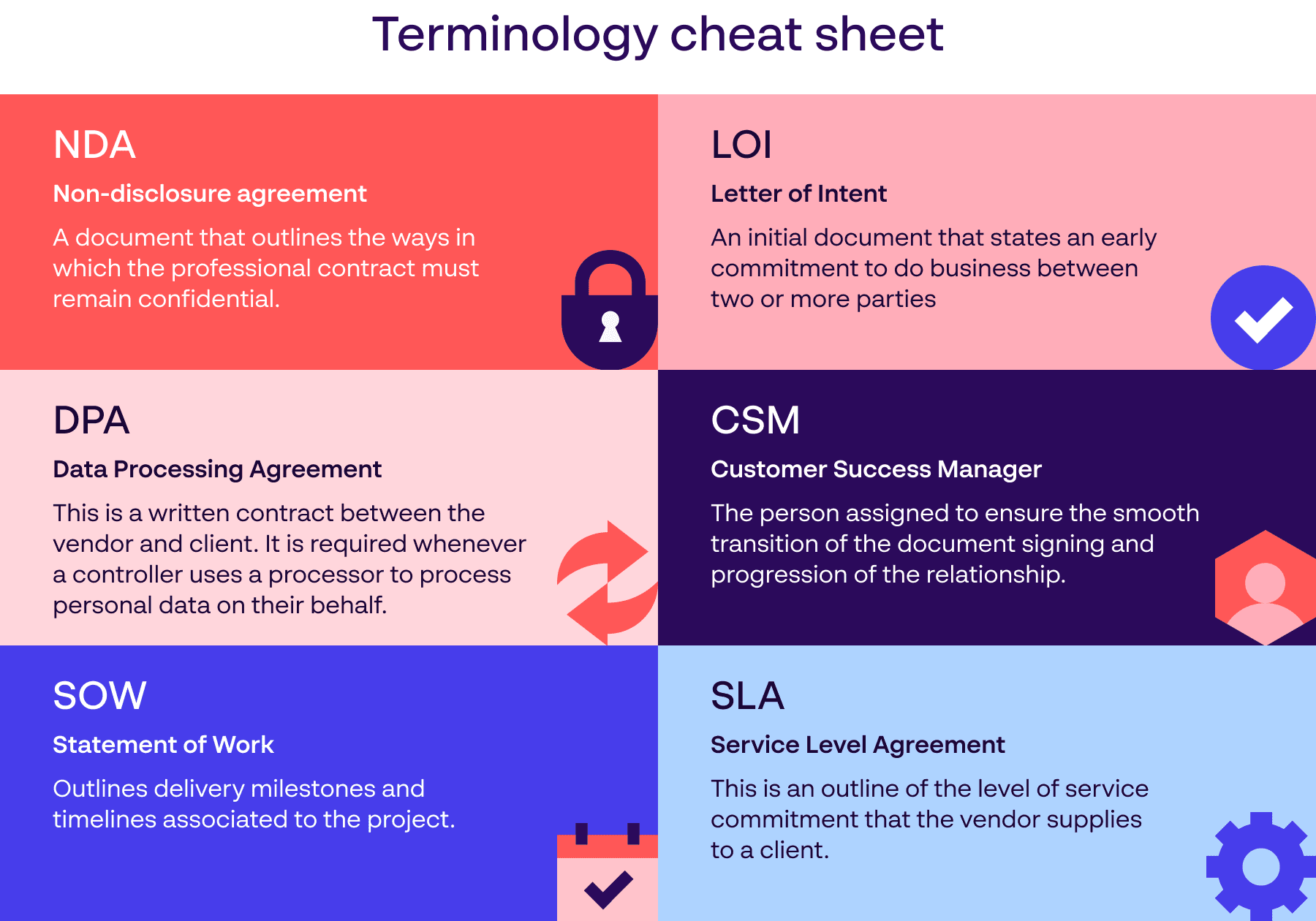Papirfly was proud to sponsor ANFO’s MarTech Awards in Norway this November, where we celebrated industry innovation and took the stage to present the coveted Innovation of the Year Award. We were also thrilled to win gold in the B2B Category Award for our 12-year long strategic partnership with our client REMA 1000.
Frank Tommy and Eva-Lill presented a talk on the Future of MarTech, exploring three transformative trends reshaping how brands connect with their consumers. These trends—hyper-personalization, AI-driven content creation, and responsible marketing practices—are not just shaping the future of MarTech; they’re key to thriving in today’s competitive landscape.
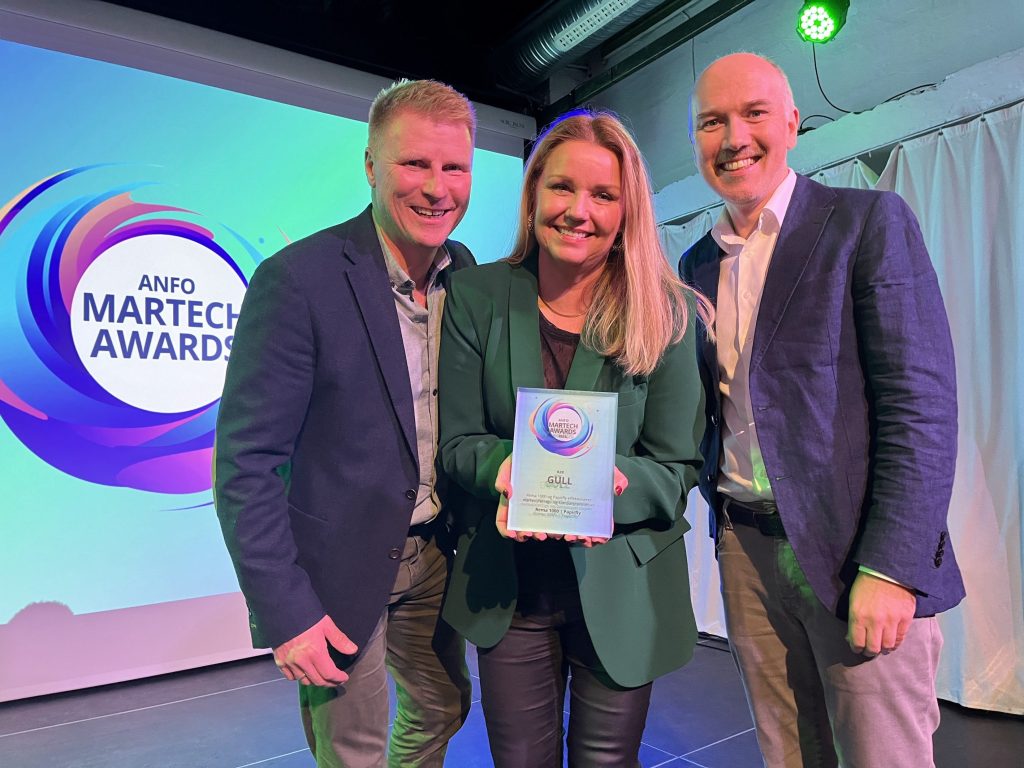
Hyper-personalization through advanced data integration
Consumers today demand more than generic messages—they want experiences that feel tailor-made. This growing expectation is driving brands to adopt advanced data integration strategies, enabling deeper insights into customer preferences and behaviors.
Imagine crafting a message that resonates with someone on a personal level—whether it’s a highly relevant email, a perfectly targeted ad, or a unique landing page experience. This isn’t just about adding a name to a subject line; it’s about understanding a customer’s journey, addressing their pain points, and creating content that feels genuinely meaningful.
At Papirfly, we believe that effective Digital Asset Management (DAM) is crucial for achieving this level of personalization. A robust DAM system enables teams to efficiently manage vast volumes of customer data and creative assets, making it possible to create, distribute, and optimize personalized, on-brand content across channels.
Picture this: your campaigns are powered by real-time data, allowing you to adapt strategies on the fly. That’s the game-changing potential of hyper-personalization—a future where marketing connects deeply with individuals and fosters lasting loyalty.
The rise of AI-driven content creation and optimization
The second trend, AI-driven content creation, is no longer a concept of the future—it’s a present-day reality, transforming how brands approach content marketing. AI tools can analyze performance metrics, consumer interactions, and emerging market trends, generating insights that shape content strategies.
Think of the time we spend creating, editing, and optimizing content. AI can automate much of this work, freeing marketers to focus on storytelling and strategic decision-making. With AI, brands can achieve consistent messaging, adapt swiftly to changing market demands, and maximize the impact of their campaigns.At Papirfly, we’re excited by the possibilities AI brings to on-brand content creation. Its ability to process data at scale ensures your messaging remains relevant and impactful, helping brands stay ahead in a fast-moving digital world.
Personalization vs. privacy: Finding the balance
As exciting as hyper-personalization and AI-driven content creation are, they come with a clear responsibility: respecting customer privacy. Brands must tread carefully to balance the benefits of tailored experiences with the need to maintain trust and transparency.
At the awards, we tied these trends to the classic Norwegian folk tale Tre Bukkene Bruse (The Three Billy Goats Gruff) offering a fitting analogy. Each goat represents an aspect of MarTech innovation:
- The youngest goat, eager and bold, embodies hyper-personalization, pushing the boundaries of how we connect with consumers.
- The middle goat, resourceful and clever, reflects AI-driven content creation, which needs careful guidance to stay on the right path.
- The wise eldest goat reminds us of our ultimate goal—building trust and integrity in all customer interactions.
But no bridge is without its challenges, and the troll lurking underneath symbolizes GDPR and other privacy regulations. While these rules might feel like an obstacle, they exist to ensure that data is handled ethically and responsibly. By respecting these safeguards, brands can cross the bridge to customer trust safely, avoiding the pitfalls of shortcuts and data misuse.
The lesson is clear: hyper-personalization and AI can help brands create incredible customer experiences, but only if these tools are used in ways that prioritize transparency, consent, and ethical practices.
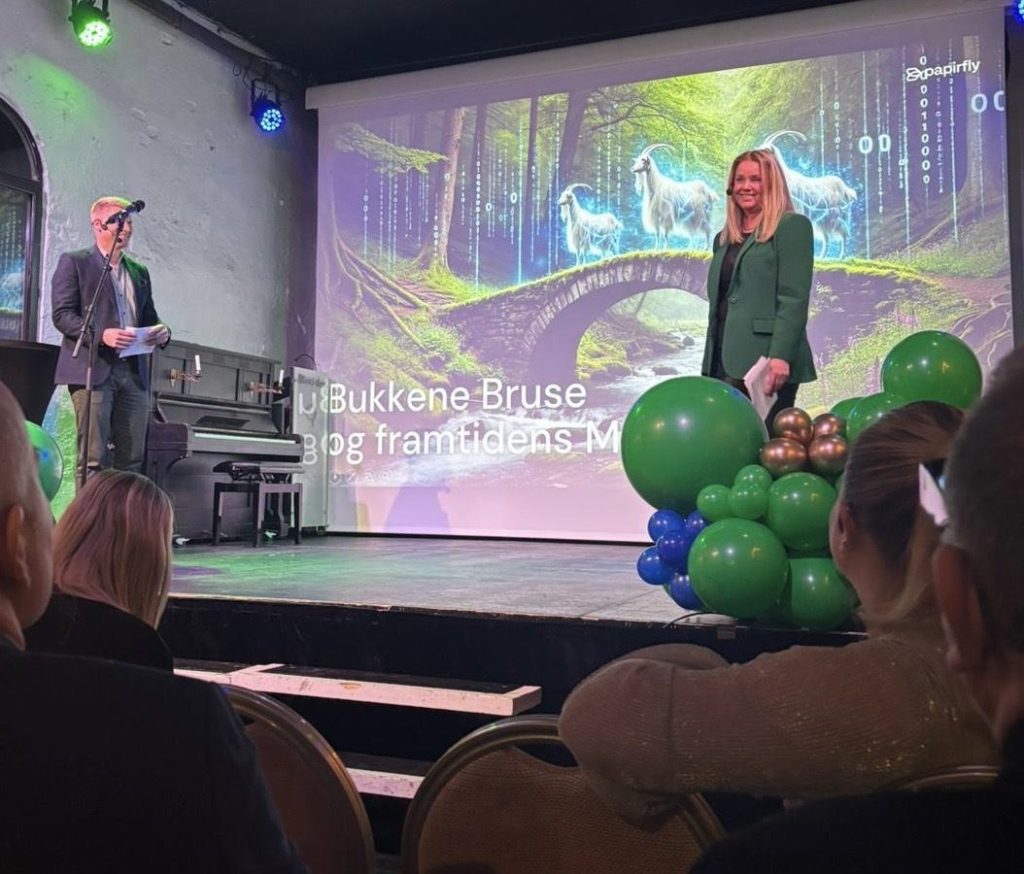
Building a sustainable future in MarTech
The future of MarTech is as promising as the bridge in Tre Bukkene Bruse—a path to deeper connections, stronger loyalty, and more impactful marketing strategies. However, crossing that bridge requires brands to navigate the challenges responsibly, ensuring their methods align with consumer expectations and privacy regulations.
Hyper-personalization and AI-driven content creation are no longer optional—they’re critical for brands looking to thrive in an increasingly competitive landscape. But these innovations must be paired with a commitment to ethical practices. Transparency, consent, and respect for personal data aren’t just compliance measures; they’re cornerstones of trust.
Just as the three goats succeed by balancing boldness with wisdom, brands can navigate the evolving MarTech landscape by embracing innovation while respecting their customers. When done right, the rewards are clear: personalized experiences, loyal audiences, and a sustainable, forward-looking strategy for growth.
With these principles in mind, the bridge to the future of MarTech isn’t just achievable — it’s an opportunity to create meaningful, lasting connections through every piece of content and customer touchpoint.
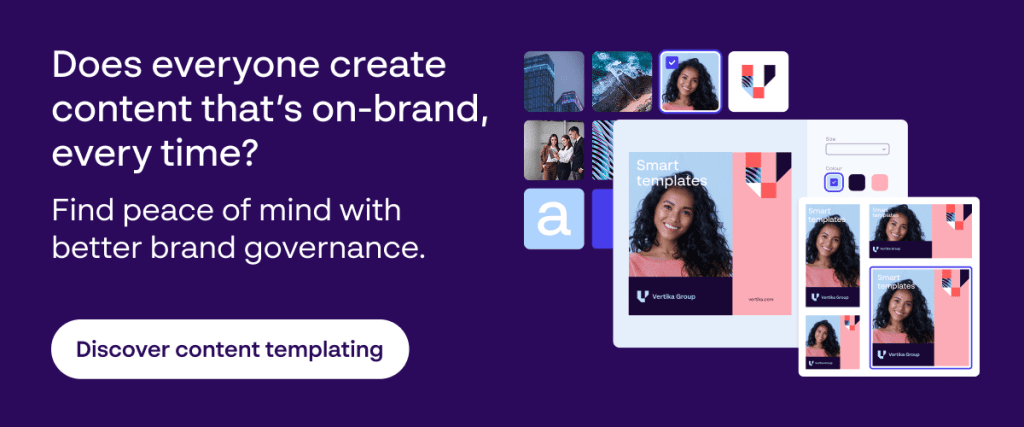
Table of contents:
- Hyper-personalization through advanced data integration
- The rise of AI-driven content creation and optimization
- Personalization vs. privacy: Finding the balance
- Building a sustainable future in MarTech


